Inside, the watch houses a lever escapement mechanism, identified by the “Patent Lever” inscription on the dust cover. This term was commonly used at the time to indicate the presence of this reliable and precise escapement, without referring to any specific patent. The movement is hand-signed with the inscription French Royal Exchange – London, executed in beautiful cursive script, and also bears the serial number 17980, which is repeated on the back cover and the dust cover, certifying its authenticity and originality.
The case is of the savonette type, composed of three covers: front, back, and dust cover, all made in 18K gold. The outer front and back covers are decorated with a fine oat-grain guilloché pattern, completely free of crests, allowing for personalization or to preserve its sober and elegant appearance. The band features a raised vegetal motif border, adding an ornamental touch without losing refinement.
Opening the front cover reveals a beautiful embossed silver dial with a floral design, combining a satin-finish background, raised golden details, and black enameled Arabic numerals. The hands, made of polished copper, are straight, fine, and functional. The seconds hand is integrated into a subdial at six o’clock. The crystal is clean and in excellent condition, free of scratches or cracks.
The watch includes its original winding and setting key, also in gold, decorated with openwork motifs. A rarity that enhances the appeal of this collector’s piece, as it remains complete, functional, and unaltered.
An exceptional piece for the discerning collector. The richness of its materials, the decorative balance, and the perfectly working mechanism make this watch a secure and attractive investment. Ideal for display in a cabinet or as a centerpiece in a specialized collection. A jewel of English watchmaking that embodies history, elegance, and precision.
Dimensions: 4.8 cm (1.89 in). Total weight (without key): 94 grams
History of the French French Royal Exchange Watches
The French Royal Exchange house was one of the most prominent watchmaking firms in 19th-century London. Established in the Royal Exchange building around 1810 by Santiago James Moore French, the firm became a symbol of precision and elegance. Its watches were renowned both in the UK and abroad, noted for their careful craftsmanship, excellent materials, and refined finishes.
After the founder's death, the business was briefly continued by his son John French, and later by José Rodríguez Losada, a Spanish watchmaker settled in London. Losada, who was also a soldier and exiled liberal, further elevated the firm's prestige, producing high-precision watches and chronometers for international markets such as Spain, Switzerland, and the United States. Beyond his technical skills, Losada is remembered for donating the iconic Puerta del Sol clock in Madrid, a national symbol of time in Spain.
The French Royal Exchange operated until 1864, leaving behind a legacy of exceptional pieces that today belong to major collections and museums. When found in complete and well-preserved condition, as in this example, their watches are highly valued by collectors and antique horology experts. They represent a perfect fusion of artisanal tradition and refined design, a living testimony to an era when mechanical accuracy and artistic beauty went hand in hand.


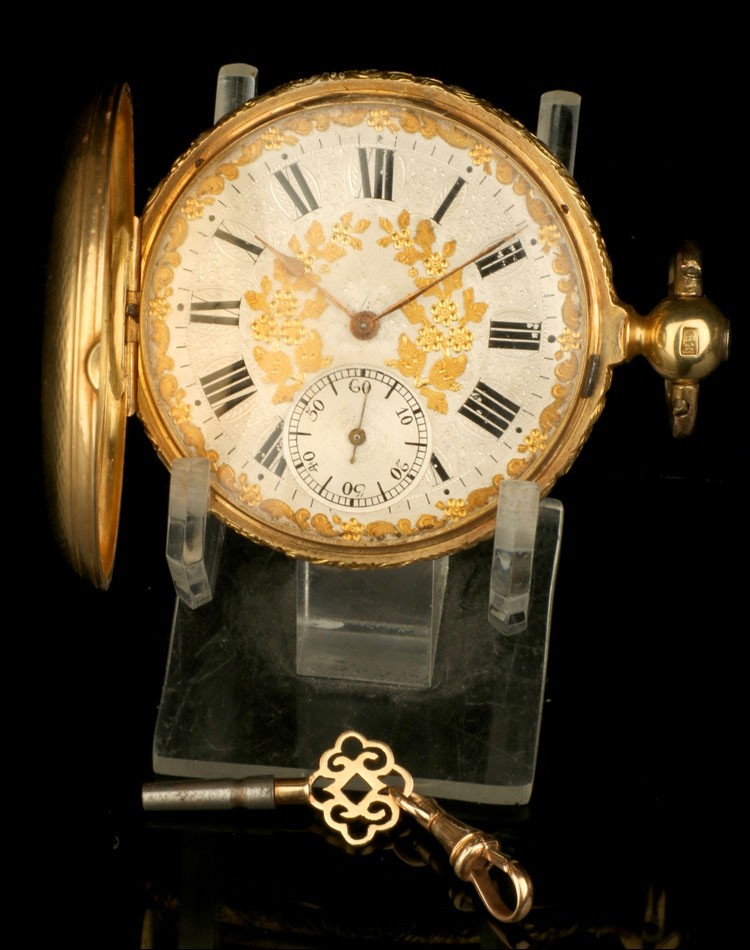
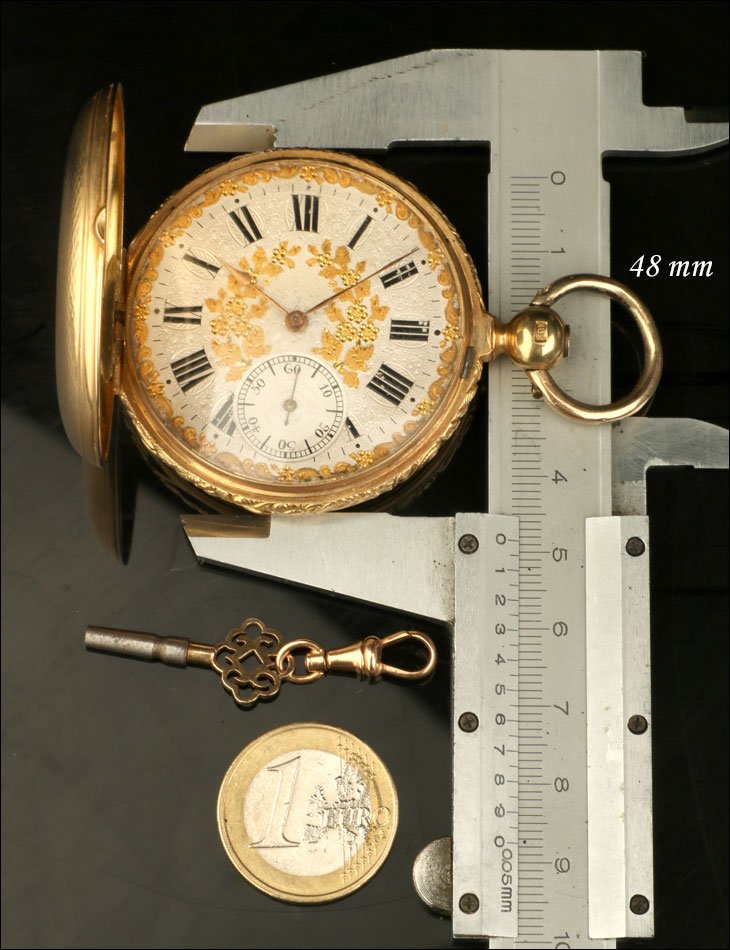
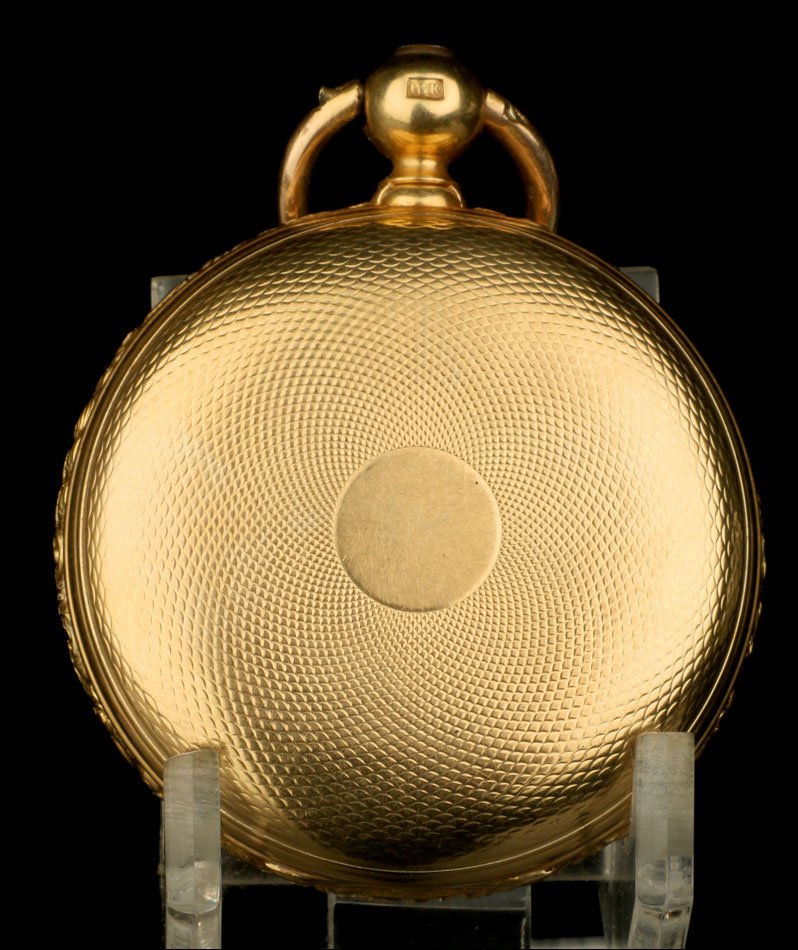
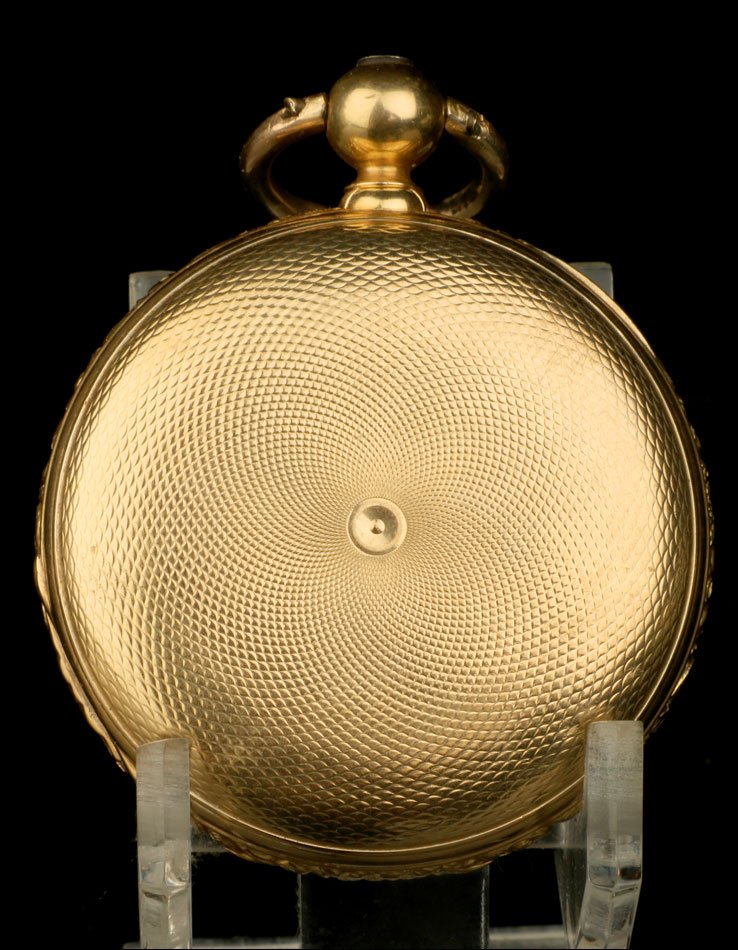
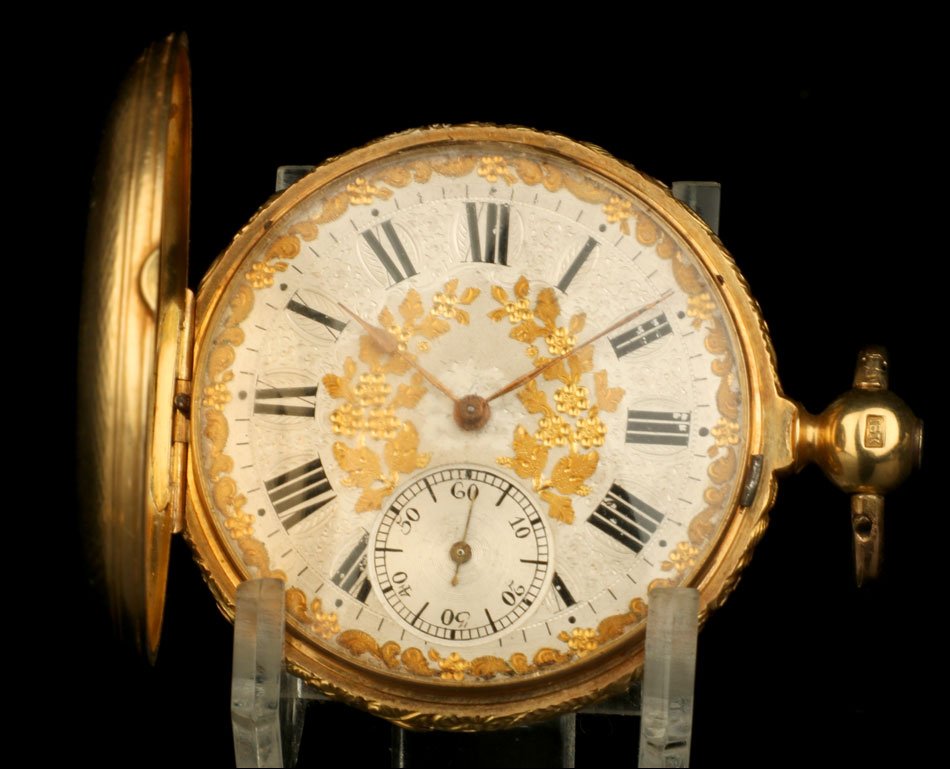
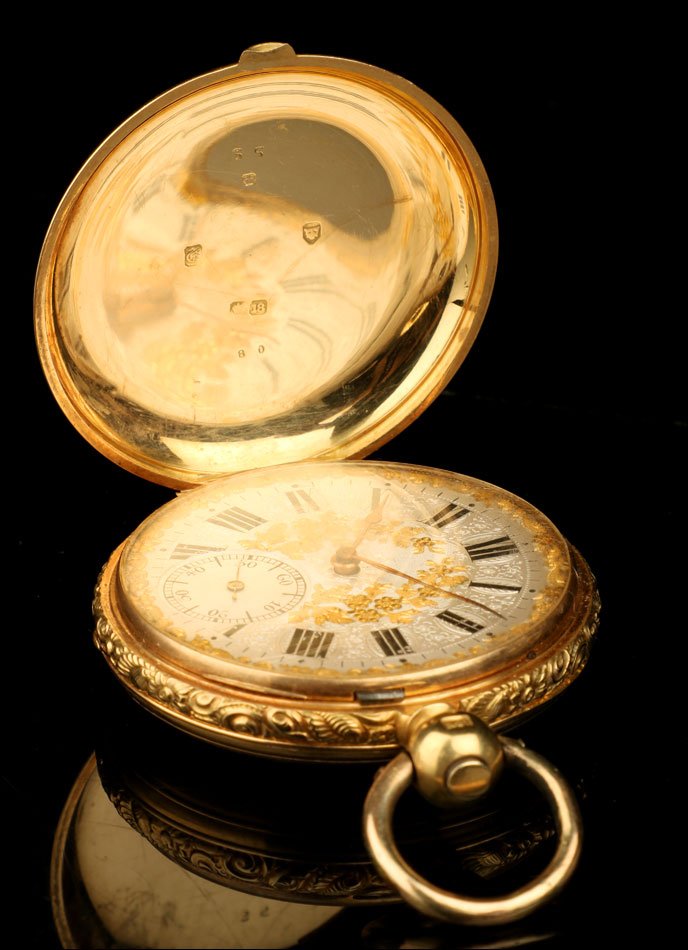
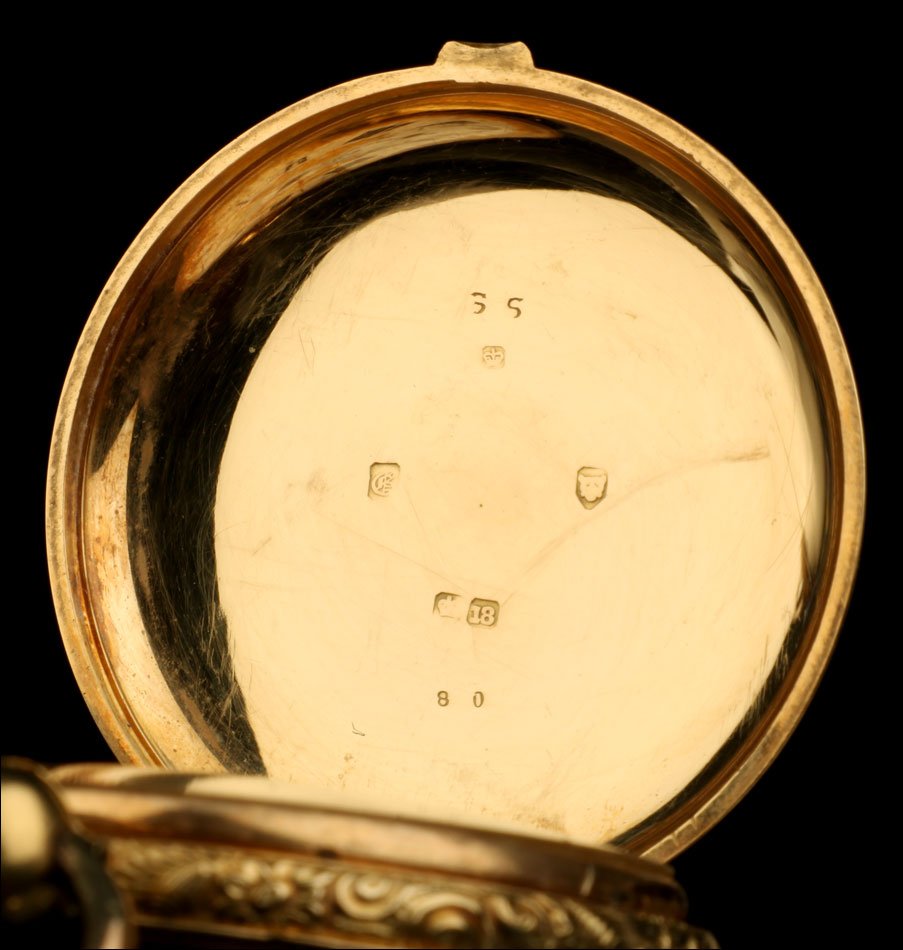



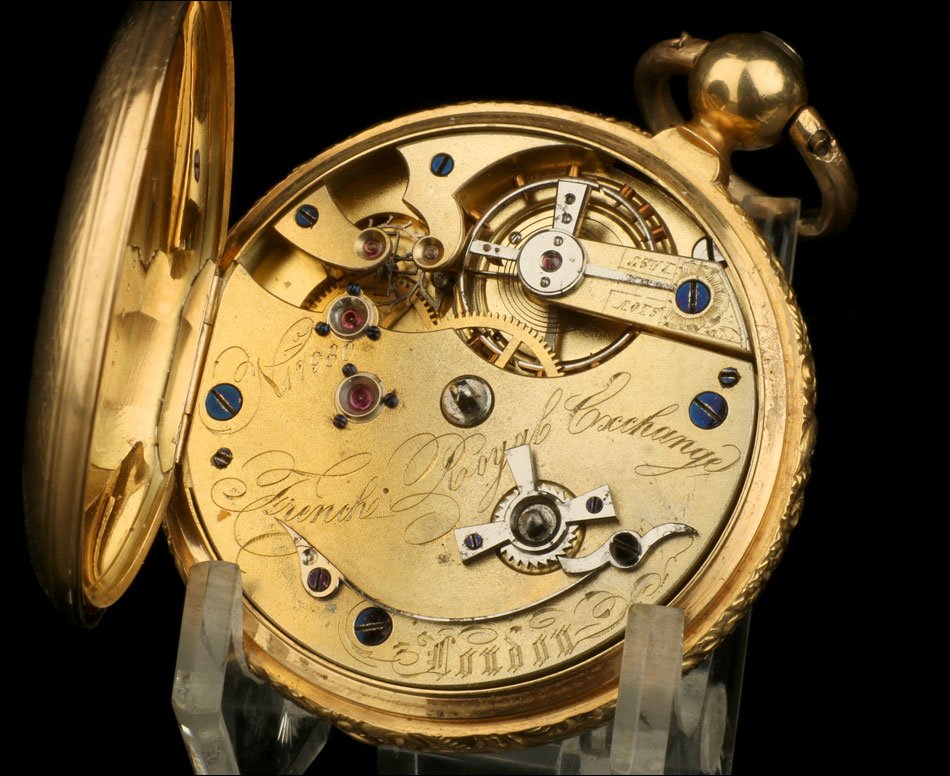
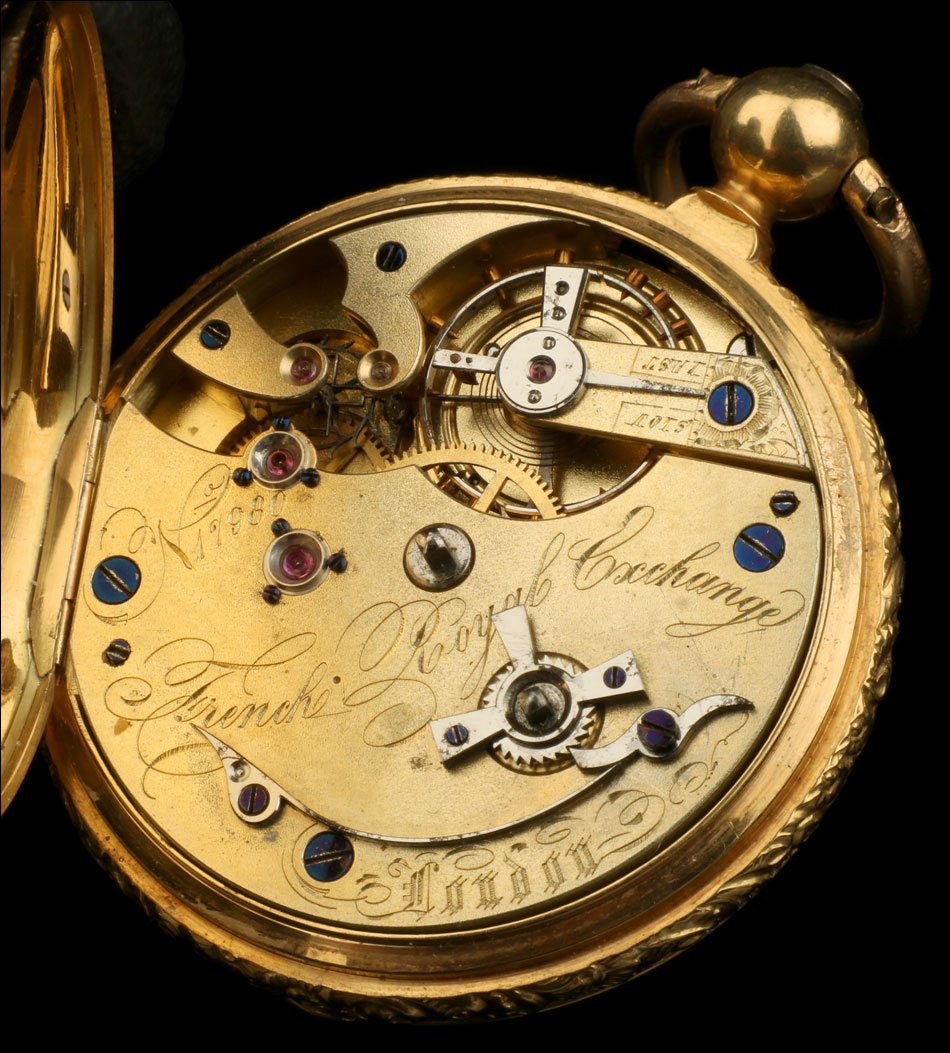
















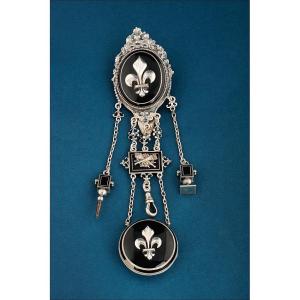











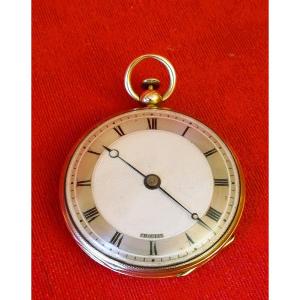
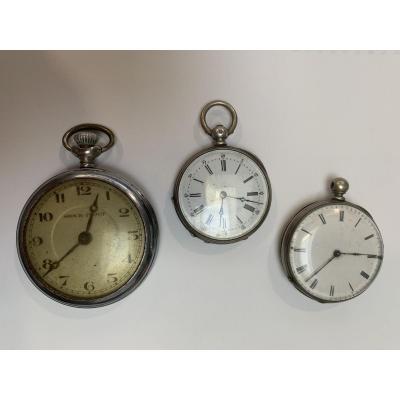

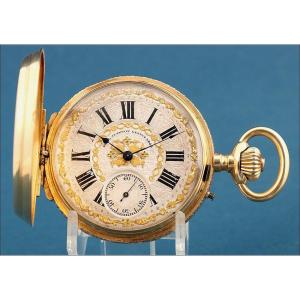
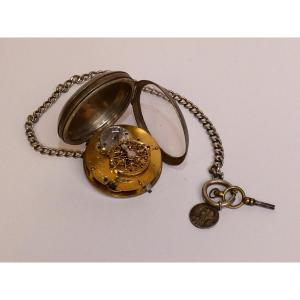



 Le Magazine de PROANTIC
Le Magazine de PROANTIC TRÉSORS Magazine
TRÉSORS Magazine Rivista Artiquariato
Rivista Artiquariato